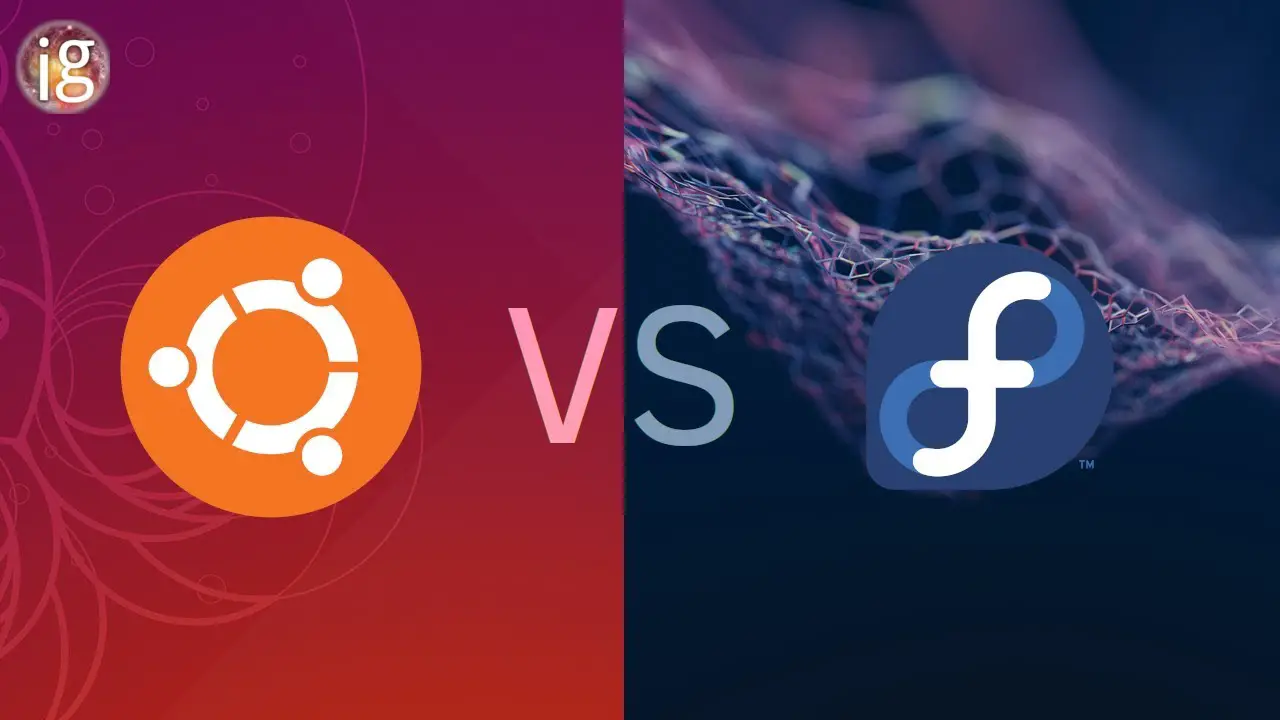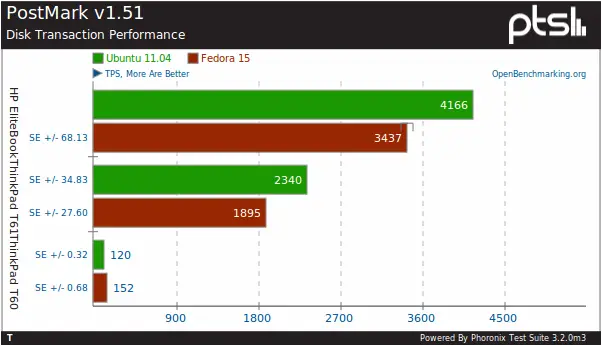Ubuntu vs. Fedora Silverblue: The Future of Linux Desktops?

In the ever-evolving landscape of open-source operating systems, two prominent contenders have emerged as potential front-runners for the future of Linux desktops: Ubuntu and Fedora Silverblue. Both offer unique advantages and challenges, shaping the direction of Linux user experiences.

Ubuntu: The Classic Distro With a Twist

Ubuntu, the venerable Linux distribution known for its user-friendliness and adaptability, has recently undergone a transformative shift with the introduction of Qt and Mir as its graphical interface and display server. This change, while potentially disruptive, aims to improve performance, stability, and convergence across various devices. Ubuntu’s extensive package availability and active community support also remain significant strengths.
Fedora Silverblue: The Immutable and Atomic
On the other end of the spectrum, Fedora Silverblue takes a bold approach by embracing immutability and an atomic update system. This means that the underlying system remains untouched during updates, ensuring stability and rollbacks if needed. Silverblue’s focus on containerization using Flatpak packages allows for a streamlined and secure software distribution mechanism. However, this approach sacrifices some flexibility and compatibility with traditional applications.
Comparing Features and Approaches
1. Software Management:
Ubuntu’s apt package manager provides a vast repository of software, while Silverblue’s containerized Flatpak approach offers isolation and security.
2. User Experience:
Ubuntu’s GNOME 40 desktop environment offers a familiar and intuitive user experience, while Silverblue’s GNOME on Wayland provides enhanced performance and security.
3. Stability and Security:
Ubuntu’s traditional approach can lead to occasional instability during updates, while Silverblue’s immutability ensures a stable base system.
4. Flexibility and Compatibility:
Ubuntu’s wide software availability and snap/deb packaging provide greater flexibility, while Silverblue’s containerization approach limits legacy application support.
5. Future Potential:
Ubuntu’s embrace of Qt and Mir holds the potential for improved convergence and performance, while Silverblue’s focus on immutability and containers aligns with modern trends in software development.
Conclusion
The choice between Ubuntu and Fedora Silverblue hinges on individual preferences and needs. Ubuntu caters to users seeking a familiar and flexible experience, while Silverblue appeals to those prioritizing stability, security, and cutting-edge technologies. Both distributions are actively evolving, suggesting that the future of Linux desktops may very well lie somewhere between their distinct approaches, offering a blend of user-friendliness, adaptability, and innovation.## Ubuntu Vs. Fedora Silverblue: The Future of Linux Desktops?
Executive Summary
The Linux desktop landscape is facing a shift away from traditional distributions towards more immutable and declarative approaches. This article compares two such distributions, Ubuntu and Fedora Silverblue, examining their unique features, advantages, and potential impact on the future of Linux desktops.
Introduction
With the rise of cloud computing and containerization, the need for flexible, reliable, and secure operating systems has become paramount. Immutable and declarative distributions like Ubuntu and Fedora Silverblue offer promising solutions, promising improved security, reliability, and ease of use.
Subtopics and Descriptions
1. Package Management
Ubuntu: Uses the widely adopted apt package manager, allowing for the installation of both deb packages and Flatpak applications.
- Rich software repository with a vast selection of packages.
- Trusted package verification and maintenance.
- Supports both Flatpak and Snap app formats.
Fedora Silverblue: Embraces the Immutable package approach, where system packages are atomically updated.
- Secure and reliable updates without package conflicts or system breakage.
- Minimal system size, reducing disk space requirements.
- Integrates with third-party Flatpaks for additional software.
2. Updates
Ubuntu: Follows a traditional rolling release model, continuously updating the system with new features and bug fixes.
- Latest software versions and security patches.
- Potential for system instability or conflicts due to frequent updates.
- Users have the ability to choose between stable, LTS, and beta release channels.
Fedora Silverblue: Adopts an Atomic update mechanism, where system packages are rebuilt and atomically replaced with minimal user involvement.
- Stable and predictable system upgrades without disruption.
- Separation between system updates and user data.
- No need for manual package management or potential conflicts.
3. User Interface
Ubuntu: Derived from GNOME, Ubuntu provides a familiar and customizable desktop environment with an emphasis on ease of use.
- Extensive customization options and third-party theme support.
- Pre-installed productivity apps and utilities.
- Supports a wide range of desktop environments.
Fedora Silverblue: Originating from GNOME, Silverblue offers a more minimal and immutable desktop experience.
- No user-installed packages, ensuring a clean and consistent system.
- Sandboxed applications with strict access controls.
- Focus on stability and security, with minor visual differences from GNOME.
4. Use Cases
Ubuntu: Suitable for a wide range of users, including developers, general users, and hobbyists. Ideal for environments requiring fast updates and extensive customization.
- Creative professionals using specialized software.
- Users seeking a familiar and accessible desktop environment.
- Developers looking for a platform with a rich software ecosystem.
Fedora Silverblue: Tailored towards system administrators, DevOps engineers, and security-conscious users. Suitable for scenarios requiring high stability and predictability.
- Server management and deployment with software consistency.
- Workstations with stringent security requirements.
- Environments where frequent updates and potential conflicts can be disruptive.
5. Community and Support
Ubuntu: Boasts a large and active community with extensive documentation, forums, and a dedicated support team.
- Worldwide user base and community projects.
- Official support from Canonical, the company behind Ubuntu.
- Wide range of hardware compatibility and drivers.
Fedora Silverblue: Backed by the Fedora community, known for its innovation and bleeding-edge technologies.
- Growing community with a focus on system reliability and security.
- Access to Red Hat’s Enterprise Linux knowledge base and technical support.
- Strong focus on upstream development and testing.
Conclusion
Ubuntu and Fedora Silverblue represent distinct approaches to the future of Linux desktops, each catering to different user needs and use cases. Ubuntu offers a highly customizable and flexible distribution, while Fedora Silverblue prioritizes stability, security, and immutability. Both distributions have their advantages and are likely to play a significant role in shaping the future of Linux on desktops.
Keyword Phrase Tags
- Immutable Linux
- Flatpak Package Management
- Atomic Updates
- GNOME-Based Desktops
- Linux Community Support

An informative and well-written comparison. As a Linux enthusiast, I appreciate the insights provided on Ubuntu and Fedora Silverblue. Their respective strengths and weaknesses are clearly outlined, making it easier for readers to make an informed decision based on their specific needs.
I am not convinced by the hype surrounding Fedora Silverblue. Its immutable operating system approach seems restrictive and limits customization options. Ubuntu’s flexibility and vast software ecosystem make it a more practical choice for most users.
The immutable operating system approach of Fedora Silverblue is a game-changer for security. It greatly reduces the risk of system compromises and makes updates a breeze. For those prioritizing security, Fedora Silverblue is a no-brainer.
Ubuntu and Fedora Silverblue? Meh! Arch Linux is where it’s at. Rolling releases, cutting-edge packages, and unrivaled customization options. Don’t waste your time with these wannabes.
So, Fedora Silverblue is the future of Linux desktops? Ironic, considering it’s based on an immutable operating system. How can the future be immutable?
Oh, look! Another Linux distribution trying to be the next big thing. Fedora Silverblue, huh? Don’t make me laugh. It’s just a glorified toy for elitist Linux nerds.
Ubuntu vs. Fedora Silverblue? That’s like comparing apples to oranges… or maybe even apples to spaceships! They’re both Linux distros, but they’re worlds apart. Ubuntu: user-friendly and boring. Fedora Silverblue: complex and confusing. Choose your poison!
I’m new to Linux, and this article just made my head spin. Ubuntu, Fedora Silverblue, immutable, customization… what does it all mean? Can someone please explain it to me in simple English?
Been using Linux for years, and I’ve tried both Ubuntu and Fedora Silverblue. To be honest, I keep hopping between them. Ubuntu is great for beginners, but Fedora Silverblue is more exciting for power users. Depends on what you’re looking for.
As a security expert, I strongly recommend Fedora Silverblue over Ubuntu. Its immutable operating system approach significantly reduces the attack surface and makes it much harder for attackers to compromise the system.
Fedora Silverblue is a dream come true for GNOME lovers like me. The tight integration between the OS and GNOME makes for a seamless and productive user experience. Ubuntu, on the other hand, feels like a hodgepodge of different components.
I’m all for Wayland, and Fedora Silverblue is one of the few distros that embraces it fully. Ubuntu is still stuck with Xorg, which is a major turn-off for me. Wayland is the future, and Fedora Silverblue is leading the charge.
I’m a big fan of the Cinnamon desktop environment, and unfortunately, it’s not available on Fedora Silverblue. Ubuntu, on the other hand, supports Cinnamon out of the box. So, for me, Ubuntu is the clear winner.